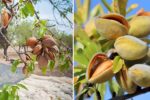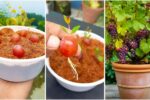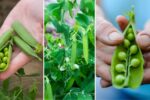Imagine growing a tiny garden that feeds you, attracts pollinators, and looks beautiful all from just one pot. Sounds dreamy, right? Well, that’s exactly what turning a single pot into a miniature food forest is all about. Let me walk you through how you can create your own little green paradise, even if you’re short on space.
What Exactly Is a Miniature Food Forest?
A miniature food forest is like having a tiny ecosystem right in your pot. It’s a mix of plants that work together trees, shrubs, herbs, and ground covers that mimic a natural forest but are packed with edible goodies.
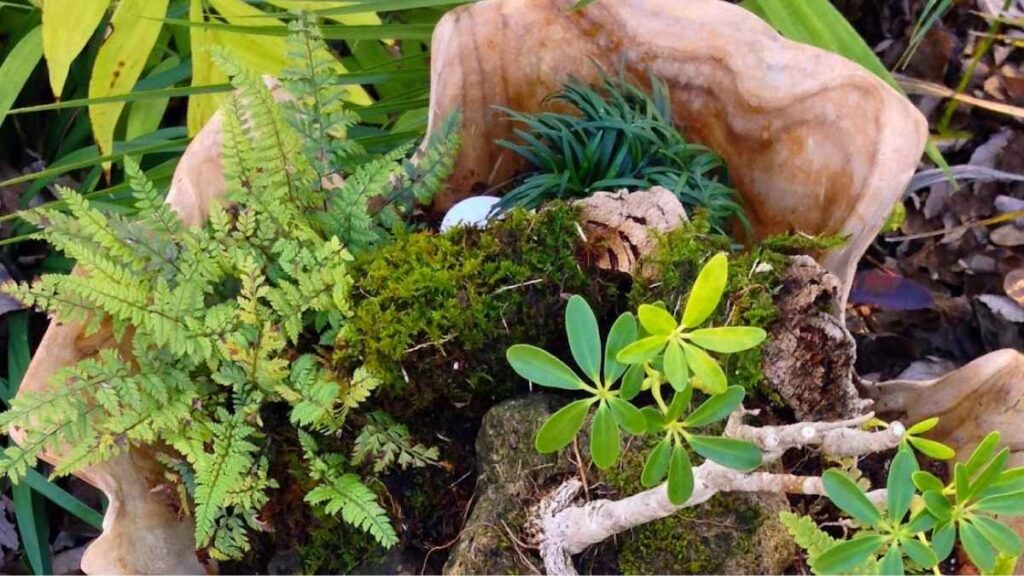
Instead of a single plant, you grow layers of plants that support each other. Think of it as a tiny community where everything benefits from the other members.
What Is the Benefit of Growing a Food Forest in a Pot?
You don’t need a backyard or a big garden to enjoy fresh fruits, veggies, and herbs. A single pot food forest is perfect for balconies, patios, or even windowsills.
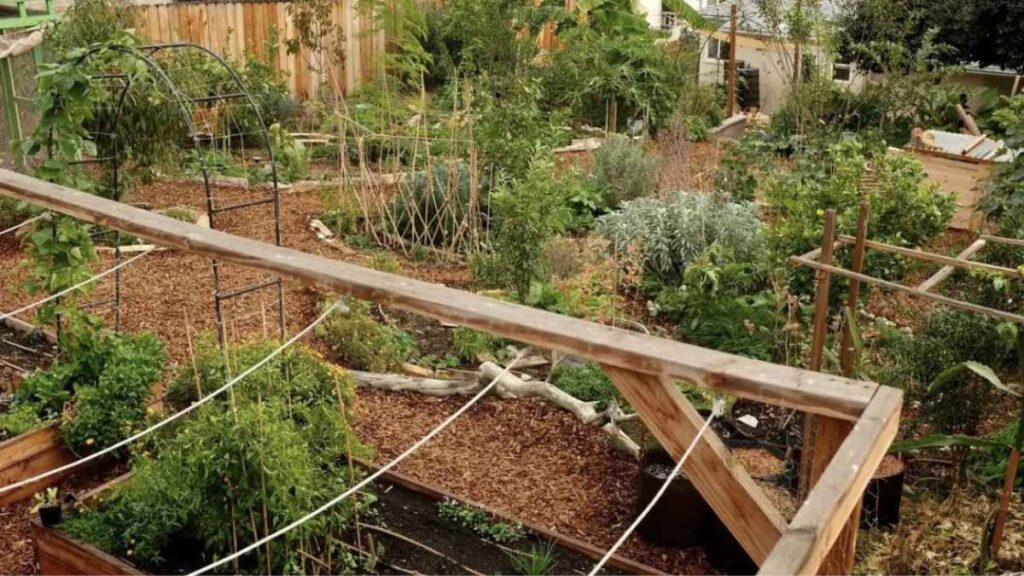
Plus, it’s low maintenance because the plants help each other out. This means less watering, fewer pests, and a healthier growing environment.
What’s the Best Pot to Use for Your Mini Food Forest?
Choose a pot that’s at least 12-18 inches deep and wide this gives your plants enough room to grow roots and spread out.
Make sure it has good drainage holes. Terracotta pots are great because they breathe, but plastic works too if you’re careful about watering.
How IBR (Interest-Based Relationships) Can Help Your Mini Food Forest Thrive
Okay, IBR is a fancy way to say “plants that benefit each other.” In food forests, plants build relationships where one’s waste becomes another’s food. For example, nitrogen-fixing plants like beans add nutrients to the soil, helping nearby plants grow better.
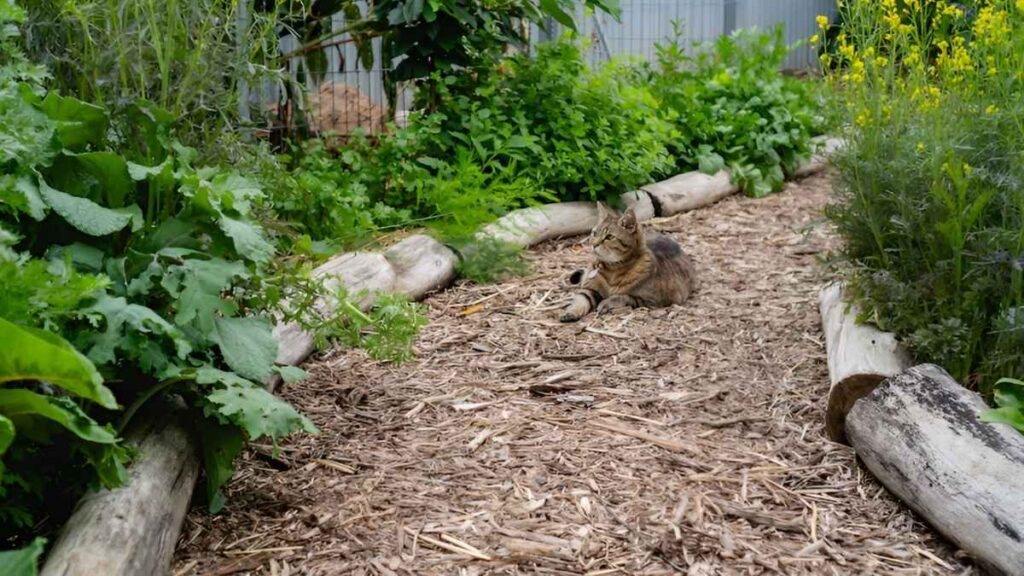
Knowing which plants pair well is key. For example, planting herbs like basil near tomatoes helps repel pests naturally.
What They Are: The Best Plants to Include in Your Single Pot Food Forest
Here’s a quick list of great plants to include:
| Plant Type | Example | Role in Food Forest |
|---|---|---|
| Small Tree/Shrub | Dwarf citrus, fig | Provides shade and fruit |
| Nitrogen-fixing Herb | Beans, peas | Adds nitrogen to the soil |
| Edible Herb | Basil, mint, chives | Repels pests, attracts pollinators |
| Ground Cover | Strawberries, nasturtium | Protects soil and suppresses weeds |
Mix and match based on your taste and climate!
What Is the Soil Mix That Works Best?
Use a rich, well-draining potting mix. Add compost or worm castings for nutrients.
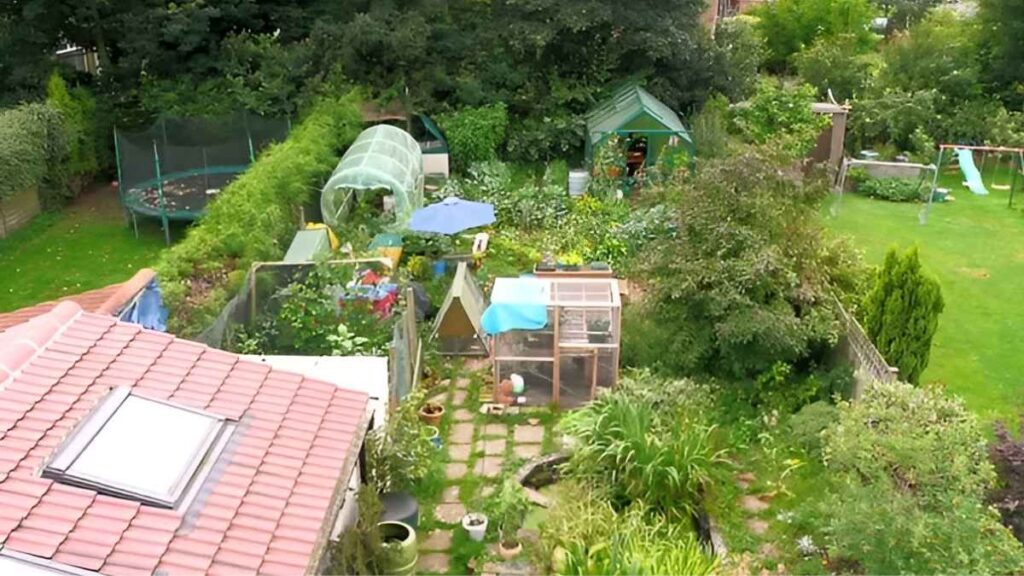
You want soil that holds moisture but doesn’t stay soggy plants hate “wet feet.” Mulching the top with leaves or straw helps keep soil moist longer.
What Is the Watering Schedule for a Mini Food Forest in a Pot?
Since pots dry out faster than garden beds, check your soil moisture daily, especially in hot weather.
Water deeply when the top inch feels dry. Early morning or late evening watering helps reduce evaporation.
What Is the Sunlight Requirement for Your Miniature Food Forest?
Most edible plants need at least 4-6 hours of sunlight daily. Place your pot near a sunny window or outside on a balcony with good light.
If sunlight is limited, focus on leafy greens and herbs that tolerate shade better.
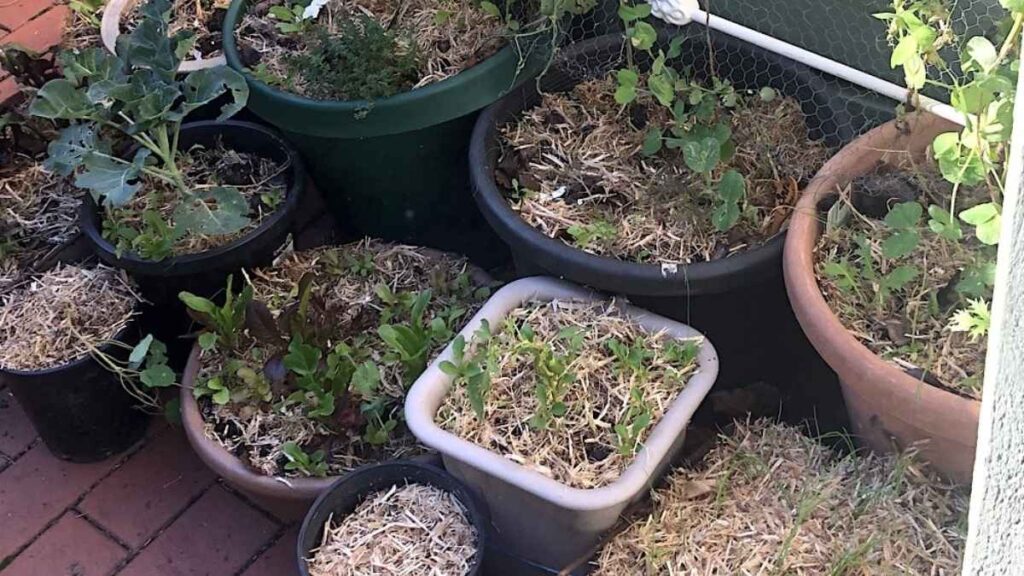
What Exactly Is the Harvest Timeline You Can Expect?
Your first edible harvest could come within weeks for herbs like basil or mint.
Fruit-bearing plants like dwarf citrus or strawberries may take a few months to start producing.
Patience is key your food forest will grow and improve with time, often becoming more productive each season.
Conclusion: Turning One Pot Into a Food Forest Is Totally Doable
You don’t need acres of land or fancy equipment to grow your own edible paradise. With a bit of planning, the right plants, and some TLC, a single pot can become a thriving miniature food forest.
Start small, enjoy the process, and watch your tiny ecosystem flourish feeding you and brightening your space!
FAQ About Miniature Food Forests in a Pot
When can I start planting my miniature food forest?
You can start anytime during your growing season when temperatures are warm enough for your chosen plants.
What is the easiest plant to grow in a mini food forest?
Herbs like basil, mint, and chives are beginner-friendly and grow quickly.
Why should I include nitrogen-fixing plants?
They naturally enrich the soil by adding nitrogen, reducing the need for fertilizers.
How often should I fertilize my pot food forest?
Every 4-6 weeks with organic compost or liquid fertilizer works well.
Can I grow a mini food forest indoors?
Yes! Just ensure it gets enough light, either from a sunny window or grow lights.

